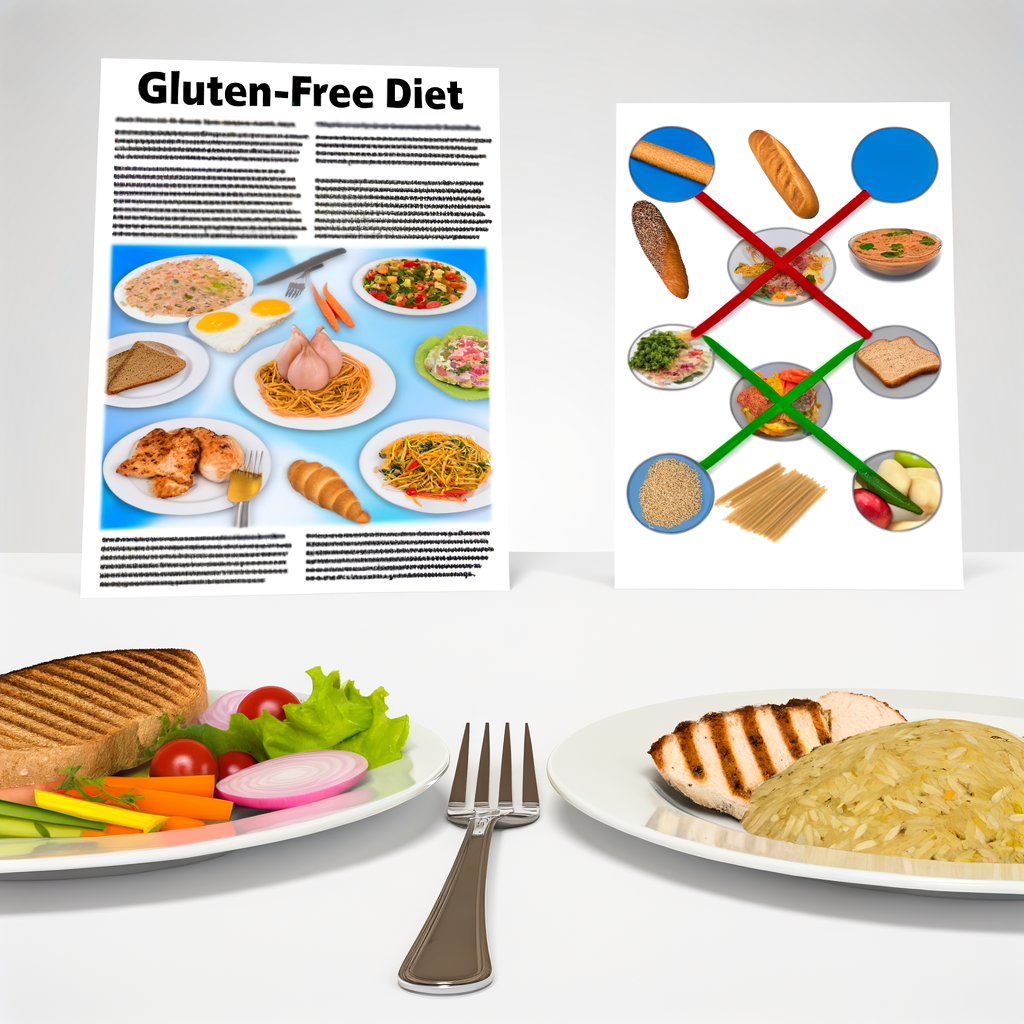As the world becomes more health-conscious, dietary preferences have become increasingly important. One such preference that has gained popularity in recent years is the gluten-free diet. While it may be seen as a trend in some parts of the world, gluten-free eating is not just a fad, but a necessary lifestyle for many individuals who suffer from celiac disease or gluten intolerance. In Europe, where traditional foods often contain gluten, it can be challenging to find gluten-free options. However, with the rise in demand for gluten-free products, many restaurants and supermarkets have started offering a variety of choices for those following this diet.
One of the key factors in embracing a gluten-free lifestyle is education. It is crucial for both individuals and businesses to understand what gluten is and where it can be found. Gluten is a protein found in wheat, barley, and rye, and can be hidden in many foods such as sauces, dressings, and even beer. Therefore, it is essential to carefully read labels and ask questions when dining out.
Gluten-free eating does not have to be dull and tasteless. With the abundance of fresh produce, meats, and seafood in Europe, there are plenty of delicious and nutritious gluten-free meals to enjoy. From Italian pasta dishes made with gluten-free noodles to Spanish tortillas made with chickpea flour, the possibilities are endless. Additionally, traditional British dishes such as bangers and mash or shepherd’s pie can easily be made gluten-free with a few simple swaps.
In conclusion, embracing gluten-free eating in Europe may require some adjustments, but it is definitely worth the effort. With more and more people choosing this lifestyle, it is becoming easier to find gluten-free options and enjoy a diverse range of cuisines. So, whether you have celiac disease, gluten intolerance, or simply want to try something new, don’t be afraid to give gluten-free a chance!





